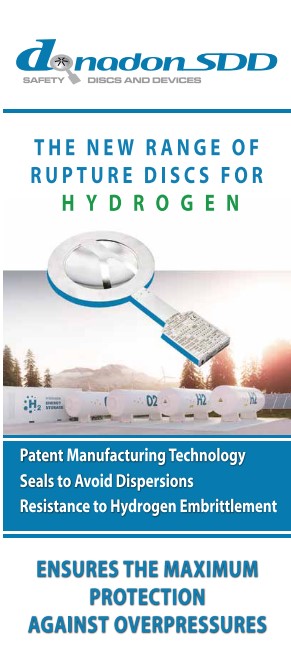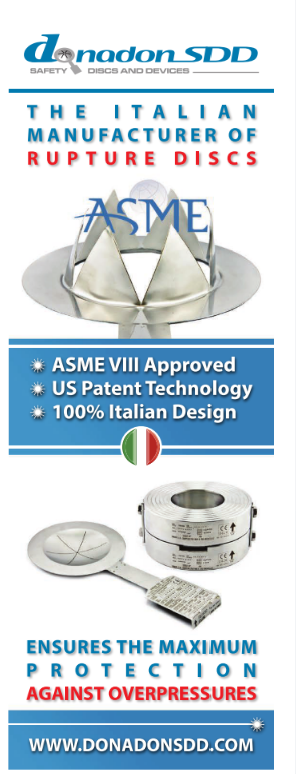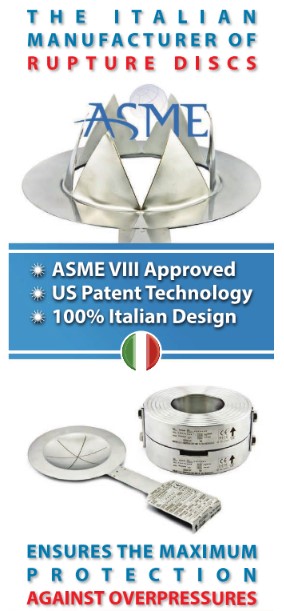Europe’s high energy costs and lower R&D spending intensity over the past two decades have dented the EU chemical sector’s competitiveness in the global export market, according to a study unveiled today by European chemicals trade body Cefic.
The Cefic-commissioned report, produced by Oxford Economics, concludes that lost competitiveness has eaten into the EU share of global exports, which fell to 21 per cent in 2012 from 31 per cent in 1991. The study shows that the EU industry’s diminished share in world sales is mostly due to a decline in competitiveness as opposed to slow growing destination markets. Even the EU industry’s domestic sales market share has dropped.
Energy costs are the European industry’s Achilles’ heel, especially compared to the oil and gas-rich Middle East, and more recently to the United States, which are riding on a shale gas boom. The European chemical sector is also grappling with slipping investments and increasing regulatory complexity, exacerbating the competitiveness gap with its rivals at the detriment of innovation and job creation.
The downward trend can, according to the Oxford report, be halted or even reversed most significantly by reducing energy costs. It also encourages research and development in product and process innovations, which are the foundations of the sector’s longer-term growth. The report estimates that over the next 15 years such measures could boost EU GDP by up to €35 billion and create more than 500,000 jobs, half of which in the chemical sector.
“A coordinated EU energy policy would be a major contribution in re-establishing the European chemical industry’s competitiveness, re-launch investment and stimulate research and innovation,” said newly appointed Cefic President Jean-Pierre Clamadieu at a press conference in Brussels. “With such a policy, European decision makers can boost more broadly short- and long-term industry competitiveness and lay a solid foundation for growth.”
The study’s findings on the export decline back up recent data from Cefic, showing that while the EU chemical trade surplus reached a €48.7 billion record in 2013, net EU chemical exports for the first seven months of this year fell €2.7 billion from the same period in 2013. The decline was due to lower exports to Asia and the United States on the one hand and mounting pressure for US and Middle East imports on the other. Energy-intensive chemical segments like petrochemicals and polymers, which account for half of EU chemicals exports, were especially hit.



























































